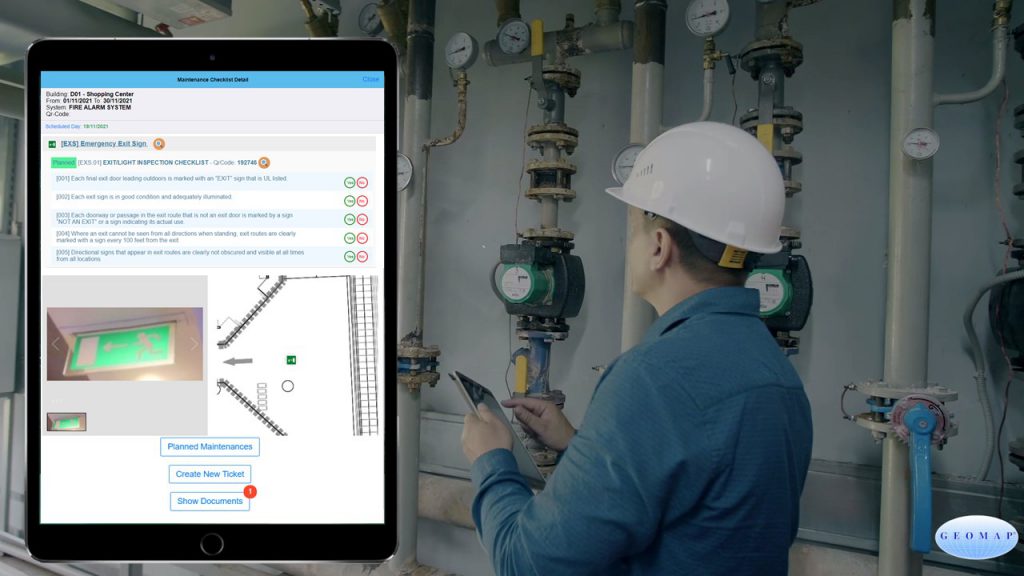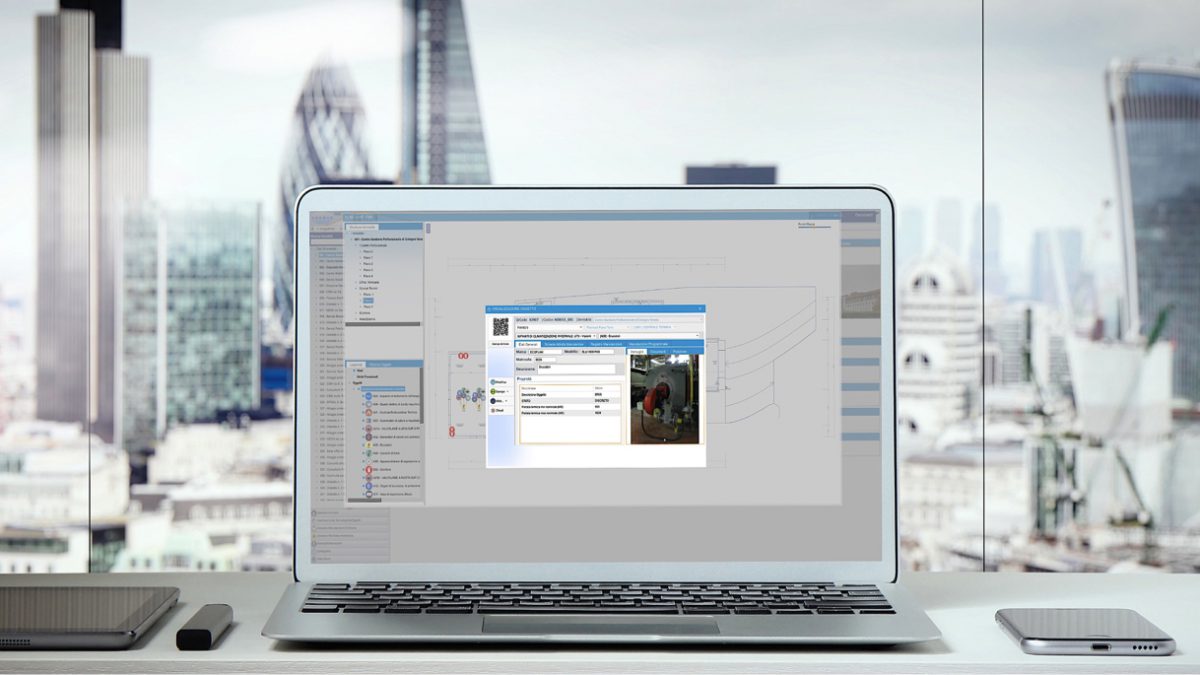The Power of Enterprise Asset Management (EAM) Software in Modern Business
In today’s fast-paced and technology-driven business landscape, effective management of assets has become crucial for organizations across various industries. Whether it’s machinery in manufacturing, IT equipment in the tech sector, or equipments in hospitals, enterprises need a comprehensive solution to optimize their asset utilization. This is where Enterprise Asset Management (EAM) software comes into play.
Let’s explore what an EAM is, delve deeper into its key features, and discuss in detail why it is so important for modern businesses.
What is enterprise asset management software?
Enterprise Asset Management (EAM) is a sophisticated system that allows organizations to effectively manage, maintain, and optimize their assets throughout their entire lifecycle. Assets can include physical equipment, machinery, vehicles, IT hardware, infrastructure, and more. EAM software provides a centralized platform for tracking, monitoring, and controlling these assets, ensuring they operate efficiently and cost-effectively.
EAM software indeed is not merely a digital ledger of assets; it’s a dynamic solution that empowers organizations to extract maximum value from their asset investments. By seamlessly integrating with an organization’s existing systems and processes, EAM software acts as the nerve center, orchestrating the entire asset lifecycle journey. This includes initial procurement, maintenance planning, tracking performance, and even responsibly retiring assets when their time has come.
Key features of EAM software:
- Asset Tracking and Inventory Management
EAM enables organizations to maintain accurate records of their assets, including their location, status, labelling, maintenance history, and other critical information. This feature is particularly beneficial for large enterprises with extensive asset portfolios.
- Preventive Maintenance
It allows businesses to schedule and track routine maintenance tasks, reducing downtime and extending the lifespan of assets. By proactively addressing maintenance needs, organizations can avoid costly breakdowns and disruptions.
- Work Order Management
EAM system streamlines the process of creating, assigning, and tracking work orders for asset maintenance or repair. This feature enhances communication among maintenance teams and ensures timely completion of tasks.
- Asset Performance Analytics
EAM provides valuable insights into asset performance. Through data analytics, organizations can identify trends, track key performance indicators, and make data-driven decisions about repairs, replacements, and upgrades.
- Regulatory Compliance
Many industries are subject to strict regulations regarding asset maintenance and safety. EAM software helps organizations comply with these regulations by ensuring that assets are properly maintained and inspected, reducing the risk of fines and legal issues.
- Cost Management
EAM software helps control operational costs by optimizing asset utilization, reducing unplanned downtime, and minimizing maintenance expenses. By allocating resources efficiently, businesses can achieve significant cost savings.
Why is Enterprise Asset Management (EAM) so important?
Now, let’s delve deeper into the significance of EAM software and explore why it has become an integral part of modern business operations. Here are 12 points:
- Improved Asset Utilization: One of the primary reasons EAM is crucial for businesses is its ability to maximize asset utilization. In many organizations, assets are underutilized or overutilized, leading to inefficiencies. EAM software helps strike the right balance by monitoring asset performance and maintenance needs. This ensures that assets are in optimal working condition when needed, reducing downtime and improving overall productivity.
- Cost Reduction: Effective asset management results in lower operational costs. By identifying maintenance needs before they become major issues and optimizing asset lifecycles, organizations can reduce repair and replacement expenses. Additionally, EAM system helps control labor costs by efficiently assigning and tracking maintenance tasks.
- Enhanced Regulatory Compliance: In various industries, regulatory compliance is a critical concern. Failure to meet regulatory requirements can lead to fines, legal consequences, and damage to an organization’s reputation. EAM software plays a crucial role in ensuring compliance by providing a structured framework for asset maintenance and inspections. It keeps a detailed record of maintenance activities and inspections, making it easier to demonstrate adherence to regulations during audits.
- Increased Productivity: With streamlined maintenance processes and reduced downtime, businesses can operate more efficiently. Employees can focus on their core tasks rather than dealing with unexpected breakdowns and repairs. The result is increased productivity and profitability, which are essential for staying competitive in today’s market.
- Data-Driven Decision-Making: EAM provides valuable data and insights through analytics and reporting tools. This data empowers organizations to make informed decisions about asset investments, replacements, and upgrades. By analyzing historical asset performance data, organizations can identify patterns and trends, enabling them to make strategic decisions that drive operational excellence.
- Scalability: Another advantage of EAM is its scalability. Whether a company is managing a handful of assets or thousands, EAM can accommodate the scale. As businesses grow and their asset portfolios expand, they can continue to rely on EAM system to effectively manage their assets.
- Asset Lifecycle Management and Monitoring: EAM software supports the entire lifecycle of assets, from acquisition to disposal. This holistic approach ensures that assets are optimized throughout their lifespan. Organizations can make informed decisions about asset retirement, replacement, or refurbishment based on data and performance history. Real-time monitoring of asset performance is a crucial feature of EAM software. It allows organizations to detect potential issues early, preventing costly breakdowns and downtime. Predictive maintenance, enabled by EAM software, uses data and analytics to forecast when maintenance is needed, maximizing asset uptime. Advanced EAM, such as Geomap EAM, includes different options to manage assets such as via CAD, 3D and/or Building Information Modeling (BIM).
- Enhanced Collaboration: EAM fosters collaboration among teams responsible for asset maintenance and management. It provides a centralized platform where maintenance teams, procurement departments, and other stakeholders can communicate and coordinate activities seamlessly. This leads to improved efficiency and better asset management.
- Resource Optimization: EAM software helps organizations allocate resources effectively. This includes assigning the right personnel with the necessary skills for specific maintenance tasks, optimizing spare parts inventory, and managing vendor relationships. By optimizing resources, organizations can reduce costs and improve overall asset management efficiency.
- Enhanced Safety: Properly maintained assets are safer to operate. EAM software helps organizations prioritize safety by ensuring that assets undergo regular inspections and maintenance. This reduces the risk of accidents and injuries, which can have significant legal and financial implications.
- Asset Documentation and History: EAM system maintains comprehensive records of asset history, including maintenance activities, repairs, and modifications. This documentation is invaluable for auditing purposes, warranty claims, and ensuring the traceability of asset-related information.
- Support for Mobile Workforce: In today’s mobile-centric work environment, EAM software often includes mobile applications that enable field technicians to access asset information, update maintenance records, and receive work orders on-site. This facilitates quicker response times and more efficient maintenance processes.

In conclusion, in today’s competitive business environment, effective asset management is no longer an option but a necessity. Enterprise Asset Management (EAM) has emerged as a critical tool for organizations looking to optimize asset utilization, reduce costs, ensure compliance with regulations, and enhance overall productivity. It provides a centralized platform for managing assets throughout their entire lifecycle, from acquisition to disposal. It’s worth noting that Geomap EAM stands as a top EAM software used worldwide by major players and multinational corporations, exemplifying the trust and reliability that organizations seek in their pursuit of effective asset management solutions.
As businesses continue to rely on technology and machinery to drive growth and efficiency, EAM software remains a vital component of their operational strategy. Its ability to provide data-driven insights, streamline maintenance processes, and enhance collaboration among teams makes it an indispensable asset for modern businesses. By investing in EAM software, organizations can unlock significant cost savings, improve operational efficiency, and position themselves for long-term success in their respective industries.
Tags In
Recent Posts
- Enhancing Healthcare Efficiency: A Comprehensive Guide to Facility Management Software Implementation
- The Power of Enterprise Asset Management (EAM) Software in Modern Business
- Facility Management Software and AI: The Future of Building Operations
- Understanding MTTF and MTTR in Facility Management: Keys to Efficiency


